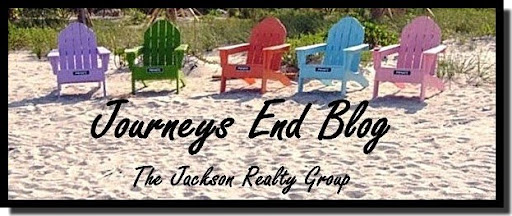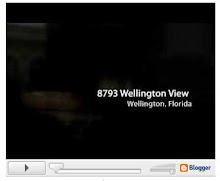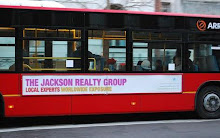"This guy at work says that Bank of America is paying homeowners to do a short sale through some new program called an HIN Incentive. I Googled HIN Incentive and couldn't really find any information on this program. Do you know what it is?
 Answer: There are so many short sale programs similar to the HIN Incentive but none quite like it. It's a program initiated by Bank of America for certain preapproved short sales and works best if you don't have more than 1 loan on your home. Second lien holders often object to the cash payments.
Answer: There are so many short sale programs similar to the HIN Incentive but none quite like it. It's a program initiated by Bank of America for certain preapproved short sales and works best if you don't have more than 1 loan on your home. Second lien holders often object to the cash payments.
The HIN Incentive is an enhanced cash payment incentive, paid directly to the seller at the time of closing if certain conditions are met.
How Does the HIN Incentive Work?
Let's say you have a first mortgage with Bank of America at $300,000, and your property today has fallen in value to $180,000. The HIN incentive is based on the sales price of the property, says Bank of America. The bank does not share its calculation formula.
One such seller qualified to receive almost $6,700. The enhanced relocation assistance or the HIN incentive was almost $4,200. The seller received her check at closing. It is subject to a 1099 for the existing tax year, which means the following year she will pay taxes on that payment because it is considered income for tax purposes. Still, free is free.
How Do you Apply for the HIN Incentive?
You can call Bank of America to see if you qualify for the HIN Incentive. However, you will receive a customer service representative. I hate to say this but the odds are about 50 / 50 that a person who answers the phone will have answers to your questions.You can also ask us to open a file in Equator for you. That is the easiest and most pain-free way to begin the process. You will need to sign a third-party authorization. Once the file is opened in Equator, we will receive email confirmation. That email will be followed by another regarding borrower outreach.
BofA borrower Outreach means it is time for you to call the customer service number and discuss your foreclosure alternative options with Bank of America. One of those options is the non-government sponsored enterprise type of HAFA short sale program. Another is a GSE HAFA such as a Fannie Mae HAFA or a Freddie Mac HAFA. The qualifications for these programs vary.
Unlike the HAFA short sale, there is generally not much paperwork required for the Cooperative Short Sale program, apart from standard bank documents. By extension, there is little paperwork associated with the HIN incentive.
What Else Do You Need to Know About the HIN Incentive?
It's a fairly straight-forward process. After Bank of America qualifies the homeowner based on select investor guidelines, the bank will order a BPO (poor-mans appraisal) to establish fair market value. After market value has been established and the suggested selling/listing price has been given to us by the bank, we then list your home as a preapproved short sale. This means both you and the property qualifies for a short sale. Here are some other interesting bits of information about the HIN Incentive:- Payments vary between $5,000 and $30,000.
- Homeowners can use the money to pay liens or outstanding bills or fund a trip to Las Vegas.
- You cannot submit an offer/contract until you are preapproved for the HIN Incentive.
- The home does not need to be owner-occupied; it can be vacant
- The short sale must close by September 26, 2013.
- VA loans and FHA loans are not eligible for the HIN Incentive.
- If you do not qualify for the HIN Incentive, you might still qualify for the Cooperative Short Sale program or one of the HAFA programs.
If you think that you may be in a position to benefit from a short sale..give me a call today. All calls are strictly confidential.
My direct line is 561.602.1258…Steve Jackson






